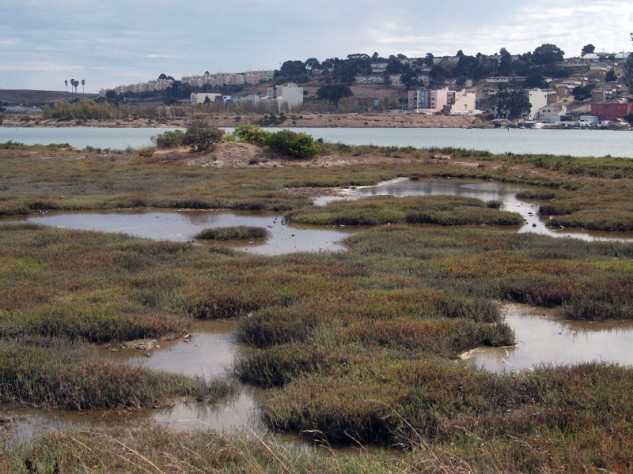By Dhyana Levey, Bay Nature
In a polluted industrial area in southeast San Francisco, city agencies and naturalists are carving out a series of oases along the San Francisco Bay meant to bring back wildlife and visitors.
With recent sightings of rare birds — along with the reintroduction of a near-extinct plant — birders and biologists say the restoration effort is flourishing. The restored marshy areas near Hunters Point now provide habitat for the California clapper rail and a recovered plant called Suaeda californica.
“I love the paradox: natural habitat with shorebirds amidst these factories and gravel pits,” said Kimberly Jannarone, a Golden Gate Audubon Society member and habitat restoration volunteer. “I see the plants getting healthier and birds coming in and thinking about nesting here.”
Jannarone was one of a smattering of bird-watchers out on a windy, sunny September day at Heron’s Head Park, a quiet stretch of nature providing 8 acres of wetland habitat along the southeast waterfront of San Francisco. While this park provides the largest area of wetlands by the city’s bay, it is just a slice of a project underway to restore and connect a 13-mile corridor of waterways and trails from China Basin to Candlestick Point State Recreation Area, made possible by state and federal grants and the 2008 parks bond.
Read the complete story at Bay Nature.










